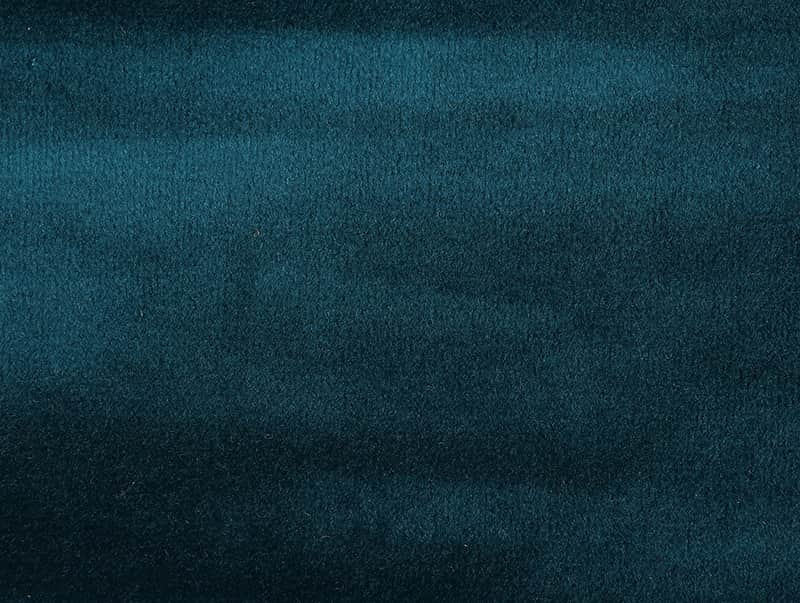Backing materials play a crucial role in enhancing the durability, stability, and overall performance of curtain velvet fabrics. Here are some commonly used backing materials:
Cotton Backing
Cotton backing is a natural fiber choice often preferred for its softness and breathability. It provides a classic and comfortable base for velvet fabrics, contributing to the overall luxurious feel.
The primary benefit of cotton backing lies in its comfort and breathability. Cotton fibers allow air to circulate, which helps in reducing the build-up of moisture, making the fabric feel cooler and more pleasant to touch. This is particularly important in applications where the fabric will be in frequent contact or used in environments that require a more breathable option. Additionally, cotton backing adds a natural feel to the velvet, enhancing its tactile quality and making it more appealing for home décor applications. It is also relatively easy to handle and sew, which simplifies the fabrication process.
However, cotton backing may not be as durable as some synthetic alternatives, especially in environments where the fabric is exposed to high humidity or direct sunlight. Cotton can absorb moisture, which might lead to shrinkage or deformation over time if not properly maintained. This can affect the overall appearance and performance of the velvet fabric, potentially leading to a less crisp drape or reduced longevity in certain conditions.
Polyester Backing
Polyester is a synthetic fiber known for its durability and resistance to various environmental factors. It is widely used as a backing material for velvet fabrics due to its robust characteristics.

One of the key strengths of polyester backing is its exceptional durability. It is resistant to stretching and shrinking, which helps maintain the integrity of the velvet fabric over time. This makes it a preferred choice for settings where the fabric will be subject to frequent use or where a longer lifespan is desired. Polyester’s resistance to moisture and mold also ensures that the fabric remains stable and free from damage in humid conditions. Moreover, polyester backing provides excellent dimensional stability, which means the fabric retains its shape and form even after prolonged use, maintaining a consistent and appealing drape.
On the downside, polyester is less breathable than natural fibers like cotton, which can make it feel less comfortable in applications where air circulation is important. Additionally, the synthetic nature of polyester may impart a slightly less natural feel to the fabric, which might be a consideration in applications where a more traditional or luxurious feel is desired.
Interlining (Thermal or Blackout)
Interlining involves adding an additional layer of fabric between the velvet and the backing material. This layer can serve various purposes, such as enhancing thermal insulation or providing blackout properties.
Thermal interlining adds a layer of insulation, making the curtain more effective at regulating indoor temperatures and improving energy efficiency. This is particularly beneficial in regions with extreme weather conditions, where controlling heat loss or gain can lead to significant energy savings. Blackout interlining, on the other hand, enhances the fabric’s ability to block light, making it ideal for applications where light control is crucial, such as in bedrooms or media rooms. The added weight and structure from interlining also improve the drape and overall appearance of the velvet curtain, giving it a more luxurious and full look.
The inclusion of interlining can add complexity to the curtain construction process, potentially increasing production time and cost. The additional layers can also make the fabric heavier and more cumbersome to handle, which might require more robust hardware for installation and support. While interlining offers significant benefits in terms of insulation and light control, it can also reduce the fabric’s breathability, which might be a consideration in certain applications or climates.
These detailed explanations should provide a comprehensive understanding of the various backing materials used in curtain velvet fabrics, highlighting their benefits and potential drawbacks in specific applications.











